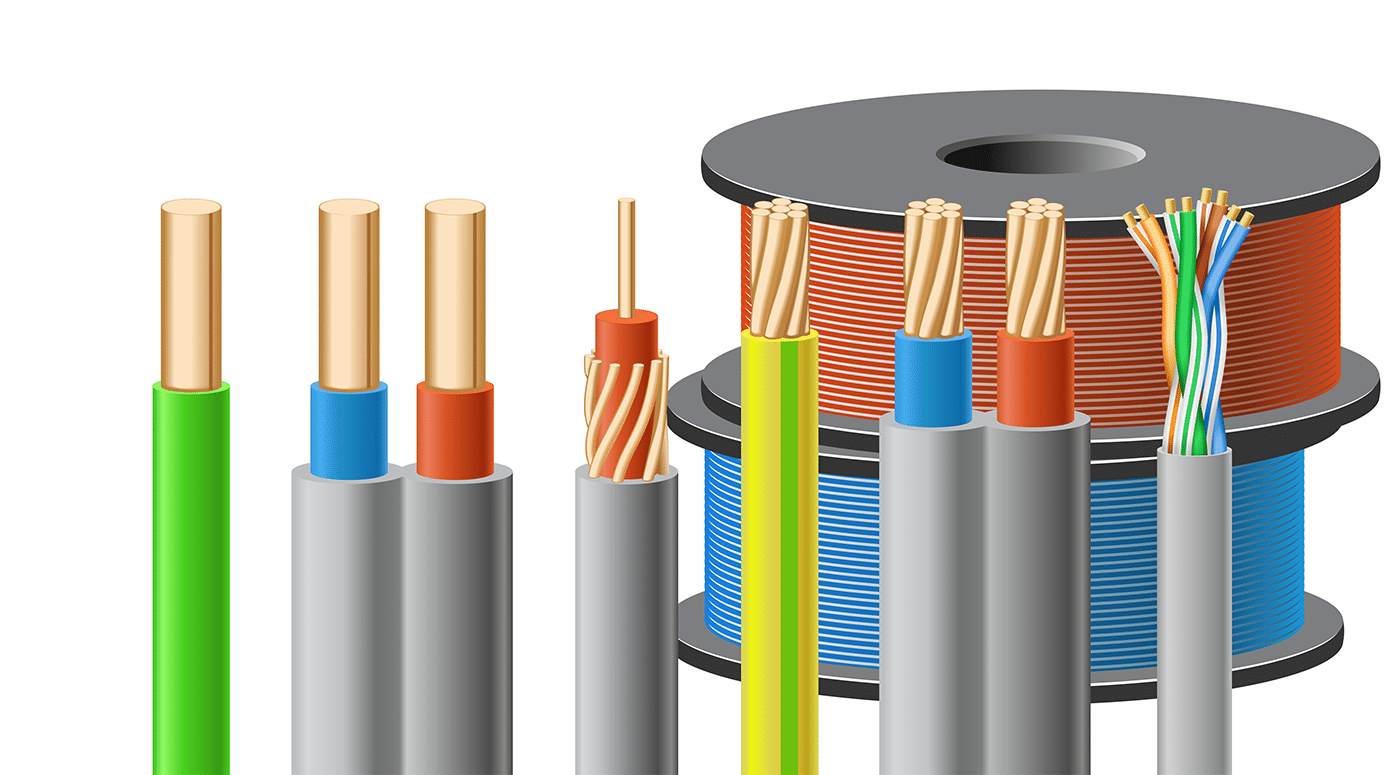ANATOMY OF A CABLE ASSEMBLY
Cable assemblies are the backbone of countless electronic systems and devices, serving as the lifelines for data, power, and signal transmission. These assemblies are intricate networks of wires, connectors, terminals, and protective elements designed to meet the specific requirements of a wide range of applications. In this overview, we will delve into the components and features that make up a cable assembly, including wires or multi-conductor cables, terminal types, connector housings, protective coverings, and marking/labeling.
Learn more about the anatomy of a Cable Assembly:
Solid or Stranded Wires
Cable assemblies typically incorporate solid or stranded wires, depending on the application's needs. Solid wires offer stability and lower electrical resistance, making them suitable for point-to-point connections. Stranded wires, on the other hand, provide flexibility, which is ideal for applications requiring frequent movement or bending.
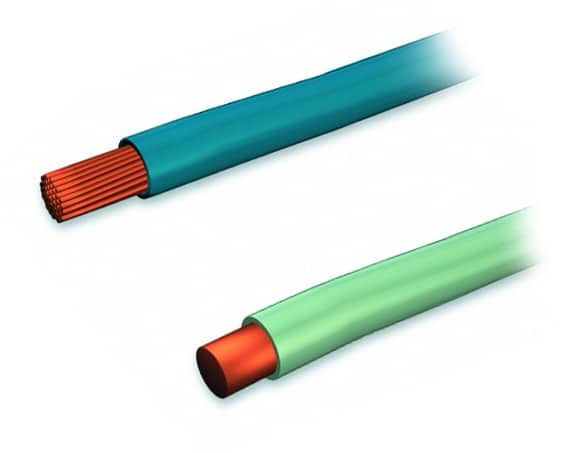
Multi-Conductor Cables
Multi-conductor cables contain multiple insulated wires within a single cable sheath. They are used when multiple connections need to be made within a single assembly. As with wires, cables come in various gauges, allowing for the transmission of power, signals, or data, depending on the specific application.
Crimp Terminals
Crimp terminals are designed to provide a secure and reliable connection between wires and connectors. They are commonly used when a temporary or semi-permanent connection is required, as they can be easily disconnected and reconnected as needed. There are primarily two types of crimp terminals: contacts that typically get inserted into connector housings and terminals like ring, fork, or spade for direct connections.
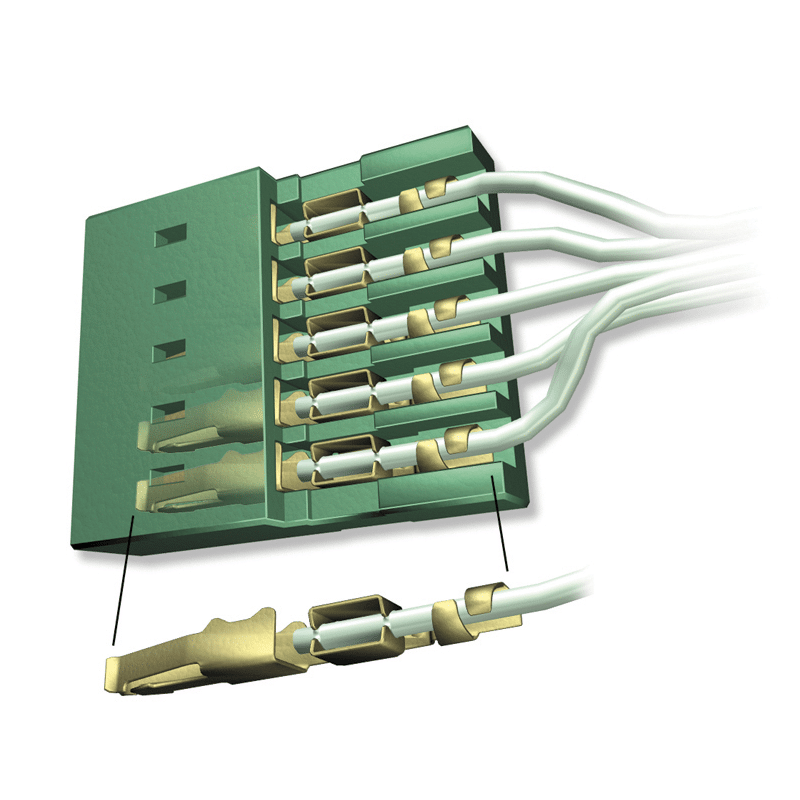
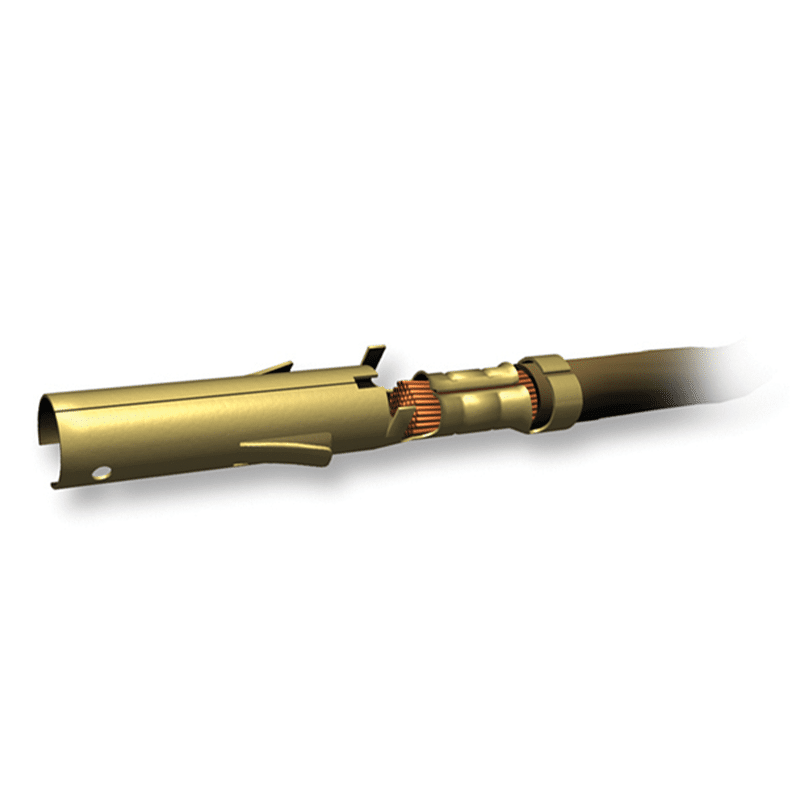
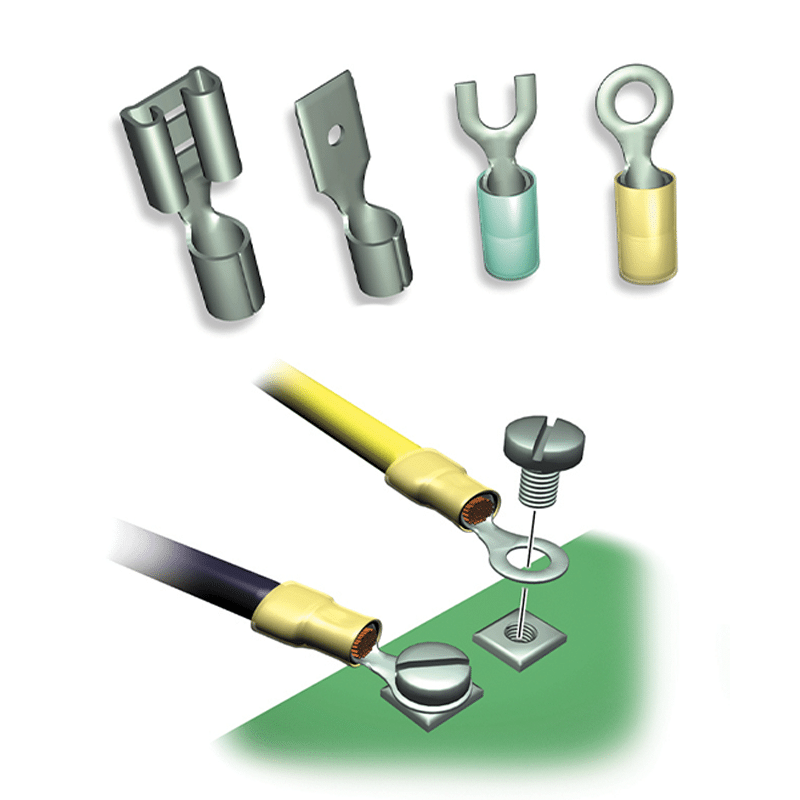
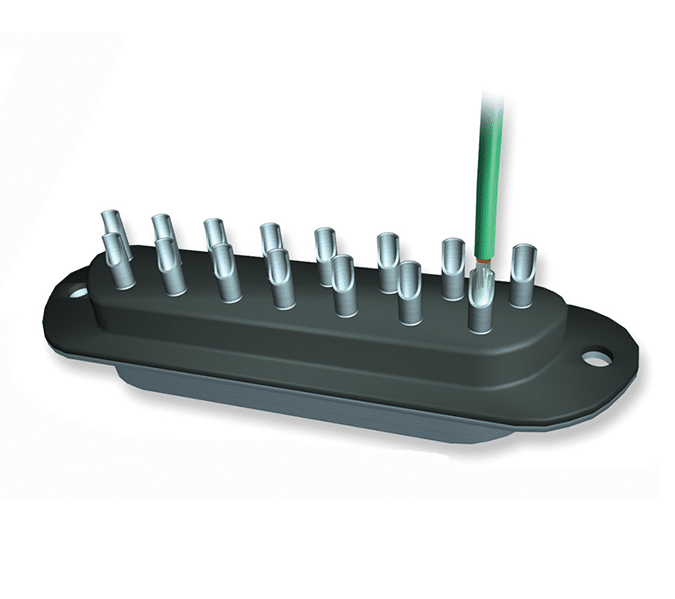
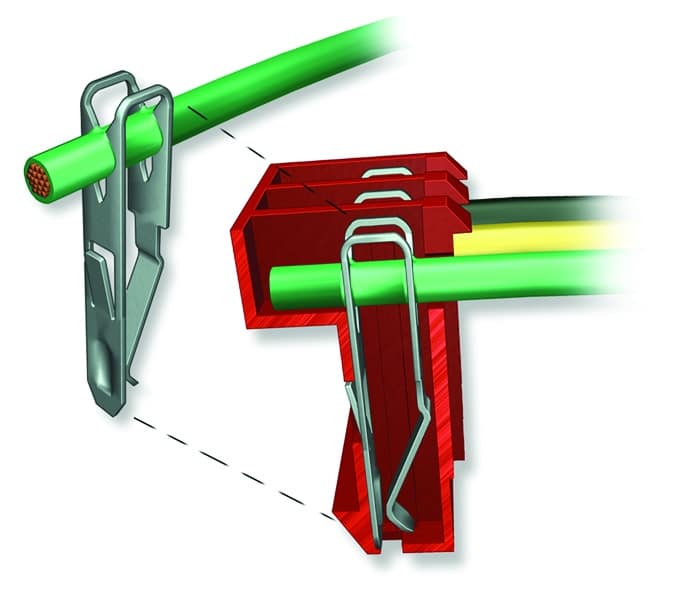
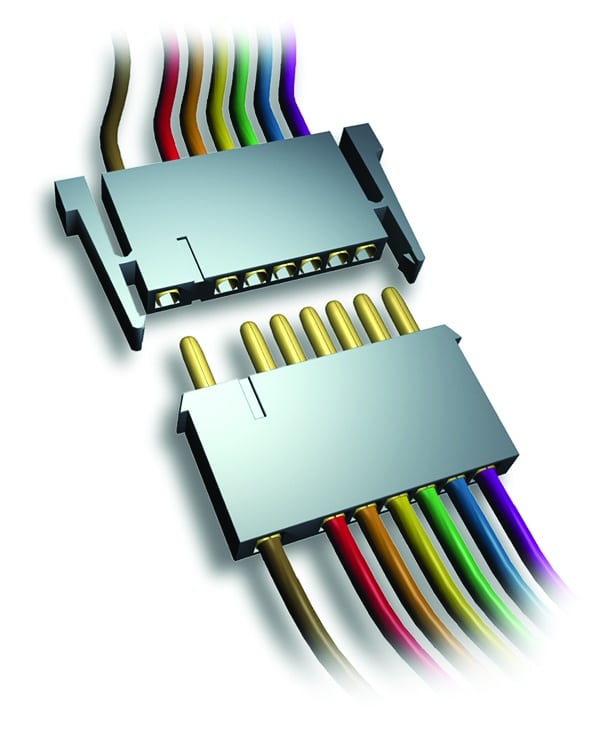
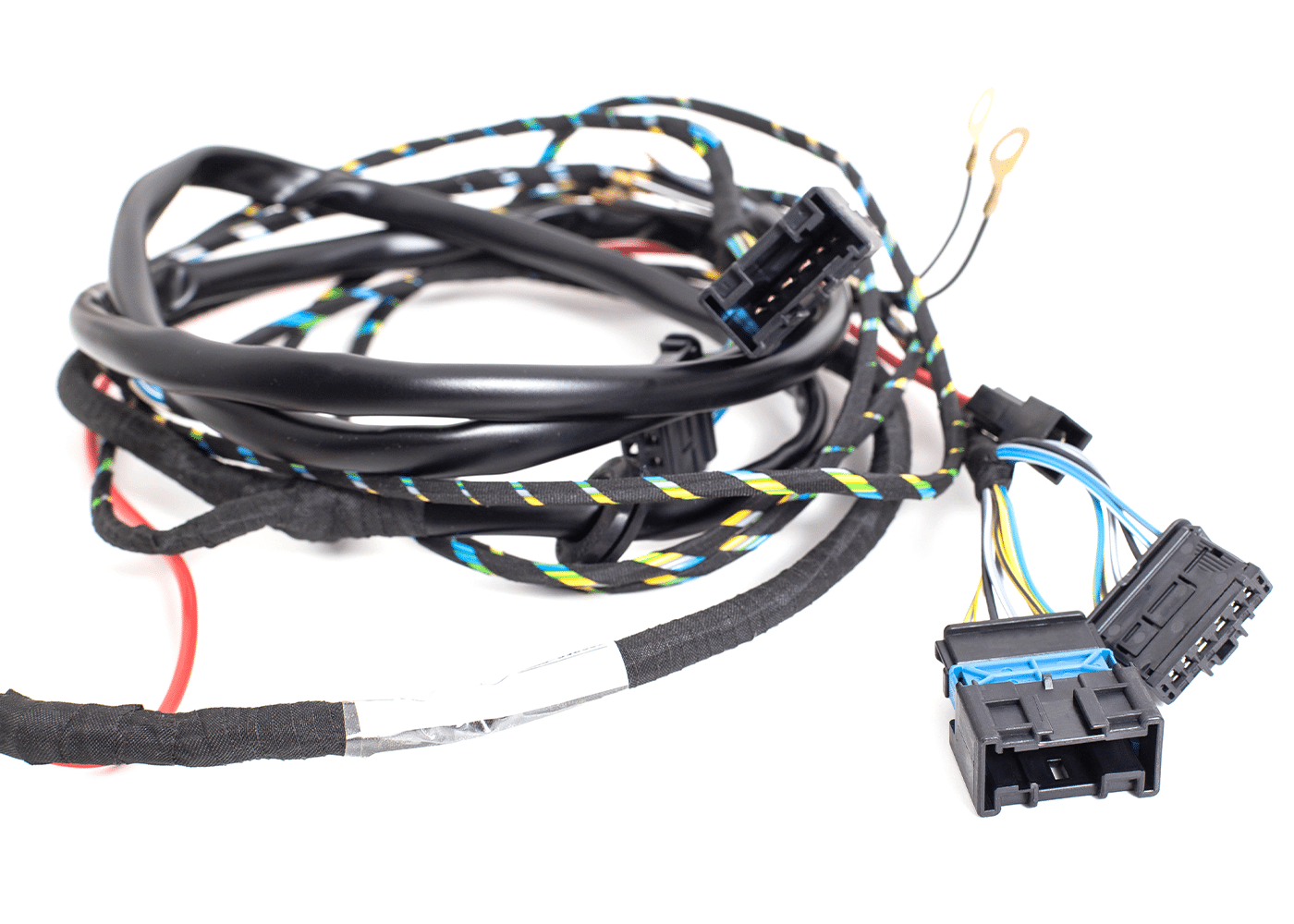
Sleeving
Sleeving is a flexible, tubular covering that shields wires from abrasion and external damage. It is often used in cable assemblies to bundle and protect wires, improving their overall durability.
Shrink Tubing
Shrink tubing is a heat-shrinkable material that provides a snug fit around wires and connectors when heated. It offers excellent insulation and protection from moisture and contaminants.
Tape and Wraps
Tape and wraps serve as additional layers of protection, offering insulation, mechanical strength, and shielding against environmental factors. They are applied over the cable assembly to enhance its overall ruggedness.
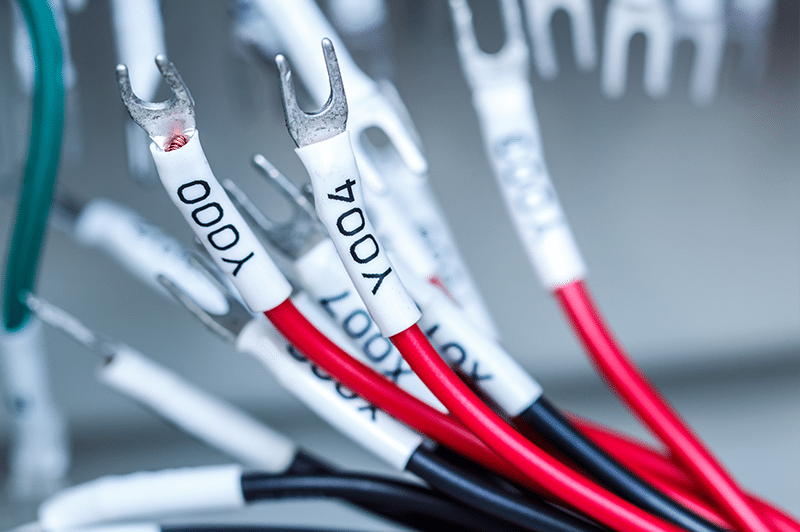
Cable assemblies are vital components in many industries, from aerospace and automotive to telecommunications and electronics. They are carefully engineered to meet the specific demands of each application. Whether it's transmitting data, power, or signals, cable assemblies play a crucial role in ensuring seamless connectivity and the smooth operation of modern technology.
Contact NuWay today for all your cable assembly needs. We look forward to working with you!

